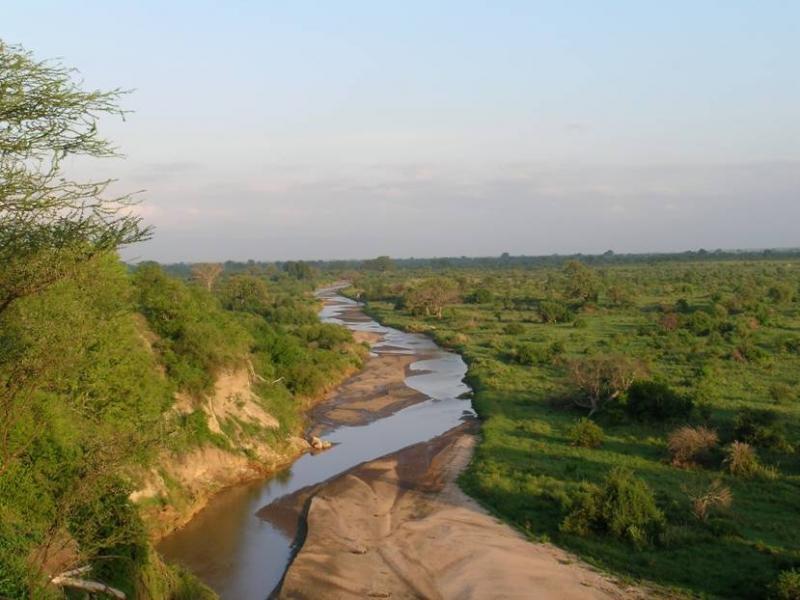Africa-Press – Tanzania. A novel idea is poised to mitigate the effects of Human Wildlife Conflict (HWC) along the Kwakuchinja Wildlife Corridor in Babati, Manyara Region.
The five-year project which is implemented by the community based Wildlife Network in Tanzania (WILDNET) will see camera traps — discreet motion-digital monitoring tools installed mounted in farms to capture images of crop destroying wild animals.
Briefing Journalists’ Environmental Association of Tanzania (JET) members here on Tuesday, the Chairperson of Burunge Wildlife Management Area Hamisi Juma Ngimba described the innovation as a remedy to HWC, which has for some time now become prevalent along the wildlife corridor.
Such conflicts have also resulted to retaliatory killings, with residents living along the area avenging the loss of their crops, thanks to the destructive animals.
“This will be a very useful solution to such a crisis in the area, and Sangaiwe will be the first village to benefit from the project,” he disclosed.
According to Mr Ngimba, the camera traps will be mounted in the farms to snap photographs of the crop-raiding wild animals.
“It’s possible to protect the diversity of life in the world’s largest rainforest while also ensuring that people have enough to eat…once the wild animals images captured, a signal will be sent to village game scouts and other rangers for quick action,” he detailed.
The Burunge WMA chairperson singled out elephants and lions as the notorious crops destroying animals in the area.
The Camera traps will be installed at Sangaiwe village first before the project gets scaled up to other areas within the Burunge WMA, according to Mr Ngimba.
The JET members were on a weeklong fact finding mission at Kwakuchinja Wildlife Corridor through a five- year United States Agency for International Development (USAID) Tuhifadhi Maliasili Project.
The use of camera traps in wildlife conservation first gained measurable popularity in the early 1990s.
Today, conservationists and researchers use them for various activities, from species research to broad-scale inventory or monitoring to detect wildlife across vast landscapes.
For More News And Analysis About Tanzania Follow Africa-Press







